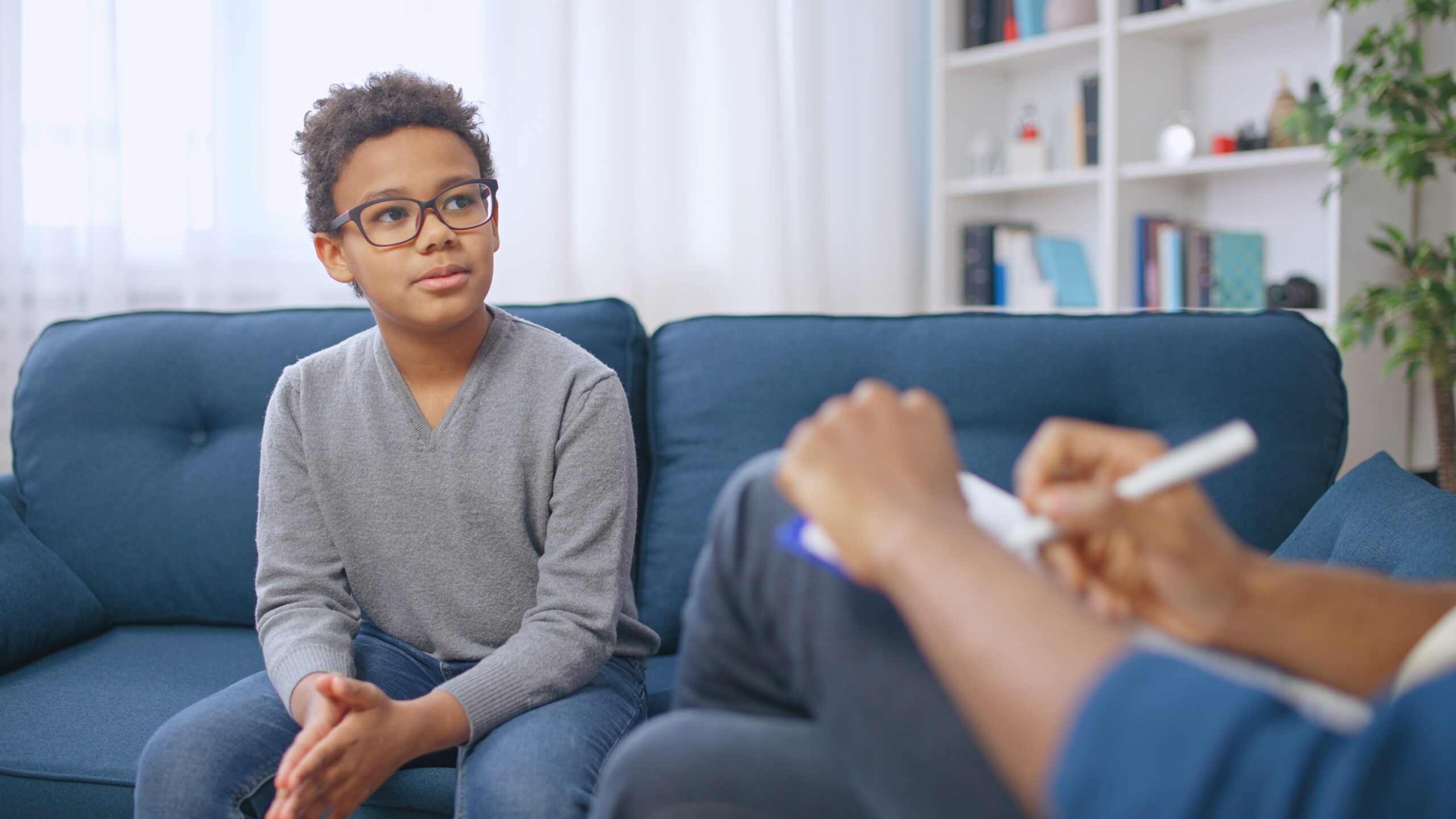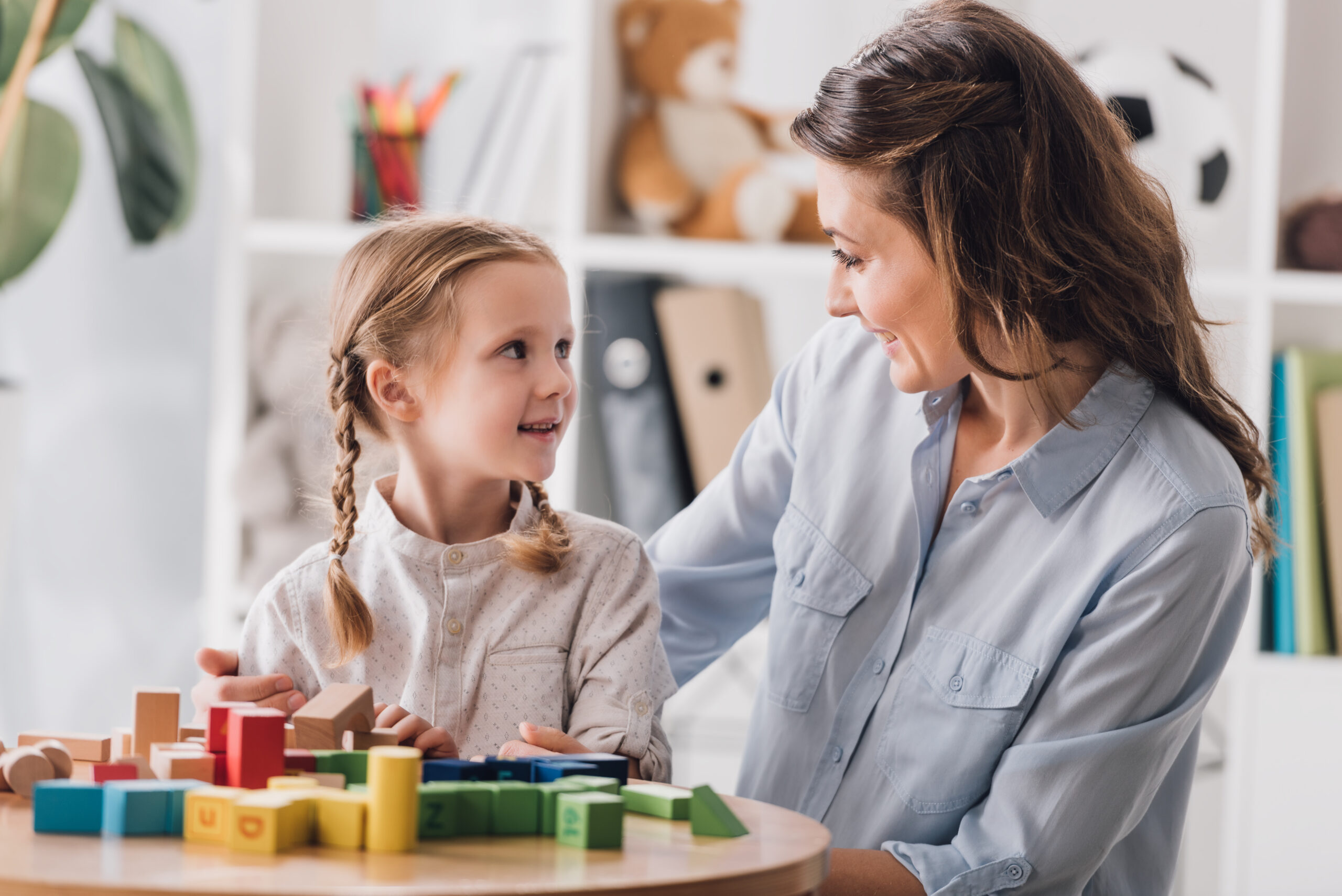A practitioner overview of 18 randomised managed trials identifies the therapeutic components mostly present in interventions that scale back suicide makes an attempt and self-harm amongst adolescents. The findings spotlight key methods that may inform and information medical apply.
Suicide and Self-Hurt in Adolescents: A Rising Concern
Suicide stays one of many main causes of loss of life amongst adolescents worldwide (World Well being Group, 2018). In lots of nations, each suicide makes an attempt and non-suicidal self-injury are growing, with notable rises in shows to emergency providers following self-harm (Facilities for Illness Management and Prevention, 2020; Witt et al., 2021). The issue significantly impacts minoritised teams: as an example, suicide charges have been discovered to be significantly excessive amongst Native American and Alaskan Native adolescents in america and are growing amongst Black and Latinx youth (Curtin & Hedegaard, 2019; Congressional Black Caucus Emergency Taskforce, 2019). Comparable developments have been reported in the UK (Farooq et al., 2021).
Regardless of the rising want for efficient interventions, few therapies have demonstrated clear and constant advantages in lowering suicide makes an attempt or self-harm in younger individuals. Dialectical Behaviour Remedy (DBT) is the one strategy that presently meets Degree 1 standards for lowering self-harm in adolescents throughout a number of trials (McCauley et al., 2018; Mehlum et al., 2014), although different promising interventions proceed to be evaluated (Santamarina-Perez et al., 2020; Witt et al., 2021).
To higher perceive what works in apply, Meza and colleagues (2023) carried out a complete overview of the therapy components shared throughout interventions with demonstrated advantages. They aimed to establish options that clinicians would possibly prioritise, no matter therapeutic mannequin or setting.
 Charges of adolescent suicide and self-harm are rising. Understanding which therapy elements are simplest is a medical precedence.
Charges of adolescent suicide and self-harm are rising. Understanding which therapy elements are simplest is a medical precedence.
What Makes an Intervention Efficient?
This practitioner overview examined 18 randomised managed trials targeted on lowering suicide and self-harm in adolescents aged 12–18. Every trial concerned a manualized intervention, and interventions had been grouped into these with important results on outcomes and people with out. The authors recognized 27 therapy components throughout three domains: format (how therapy was delivered), course of (how content material was approached), and content material (what abilities or information had been focused).
Format Components
A transparent sample emerged relating to the construction of efficient interventions. Most profitable therapies offered a mix of particular person periods for the younger particular person and structured involvement of oldsters or caregivers. These periods usually included shared therapeutic work between the younger particular person and their household, creating house for joint problem-solving and security planning. This mix was much less often noticed in interventions that didn’t present medical profit.
Moreover, some efficient interventions provided round the clock telephone teaching to assist younger individuals and households reply to moments of acute misery. Whereas this stage of help might not be possible in all settings, it was notably absent in trials the place interventions didn’t enhance outcomes.
Course of Components
A number of core therapeutic processes had been extra widespread in efficient interventions. These included:
Constructing a powerful therapeutic alliance with each the younger particular person and their caregivers (Hawley & Garland, 2008; McCarty & Weisz, 2007)
- Utilizing an individualised case formulation to tailor therapy (NICE, 2011)
- Actively addressing the younger particular person’s issues and priorities early in remedy
- Monitoring self-harm ideas and behaviours over time
- Sustaining an express concentrate on security and the event of a shared security plan
Content material Components
Expertise coaching fashioned the muse of simplest interventions. Frequent targets included:
- Emotional regulation and misery tolerance (Asarnow et al., 2020)
- Social and communication abilities
- Behavioural activation and impulse management (Grigoryan & Jurcik, 2020)
- Cognitive restructuring methods
- Security planning and deadly means counselling (Nationwide Motion Alliance for Suicide Prevention, 2020; SAMHSA, 2020)
These abilities had been sometimes launched in remedy periods and bolstered via homework and monitoring. Importantly, in interventions that included caregiver involvement, mother and father had been usually taught the identical methods, equipping them to mannequin and reinforce abilities at house.
 Efficient therapies concentrate on sensible skill-building, caregiver involvement, and ongoing security monitoring.
Efficient therapies concentrate on sensible skill-building, caregiver involvement, and ongoing security monitoring.
Translating Findings into Medical Observe
Meza and colleagues’ (2023) overview means that clinicians supporting younger individuals susceptible to suicide or self-harm might profit from focusing much less on deciding on a selected manualised mannequin and extra on making certain that core therapy components are delivered. These components embrace:
- Combining particular person remedy with structured caregiver involvement
- Constructing and sustaining a powerful therapeutic alliance
- Adapting the therapy plan to particular person wants via case formulation
- Integrating abilities coaching in emotional regulation, communication, and problem-solving
- Embedding self-harm monitoring and collaborative security planning
- Together with discussions with households about limiting entry to deadly means
In trials that particularly reported reductions in suicide makes an attempt, the presence of 24/7 disaster teaching and a sustained dedication to security planning stood out. Whereas resource-intensive, these options might information service improvement or level towards the worth of digital instruments to help out-of-session care.
 Rigorously chosen therapy components can inform scalable, evidence-informed responses to youth self-harm and suicide threat.
Rigorously chosen therapy components can inform scalable, evidence-informed responses to youth self-harm and suicide threat.
Conclusions
This overview by Meza et al. (2023) gives clinicians with steering on the weather mostly present in profitable therapies for adolescent suicide and self-harm. Emphasising security, involving caregivers, and delivering focused abilities coaching seem like central to efficient intervention. These findings provide a versatile framework that may help decision-making throughout various medical settings.
NB this weblog has been peer-reviewed
References
- Meza, J.I., Zullo, L., Vargas, S.M., Ougrin, D., & Asarnow, J.R. (2023). Practitioner Evaluate: Frequent components in therapies for youth suicide makes an attempt and self‐hurt. Journal of Baby Psychology and Psychiatry, 64(10), 1409–1421.
- Asarnow, J.R., Tompson, M.C., Klomhaus, A.M., Babeva, Ok., Langer, D.A., & Sugar, C.A. (2020). Randomized managed trial of family-focused therapy for youngster despair in comparison with particular person psychotherapy: One-year outcomes. Journal of Baby Psychology and Psychiatry, 61(6), 662–671. https://doi.org/10.1111/jcpp.13144
- Facilities for Illness Management and Prevention. (2020). Internet-based Harm Statistics Question and Reporting System (WISQARS). Obtainable from: https://www.cdc.gov/harm/wisqars/
- Congressional Black Caucus Emergency Taskforce. (2019). Ring the Alarm: The Disaster of Black Youth Suicide in America.
- Curtin, S.C., & Hedegaard, H. (2019). Suicide charges for females and males by race and ethnicity: United States, 1999 and 2017.
- Farooq, B., Clements, C., Hawton, Ok., Geulayov, G., Casey, D., Waters, Ok., … & Kapur, N. (2021). Self-harm in kids and adolescents by ethnic group: An observational cohort research. The Lancet Baby & Adolescent Well being, 5(11), 782–791. https://doi.org/10.1016/S2352-4642(21)00252-8
- Grigoryan, Ok., & Jurcik, T. (2020). Psychosocial predictors of non-suicidal self-injury (NSSI) in adolescents: Literature overview. Psychological Well being, 16, 905–912.
- Hawley, Ok.M., & Garland, A.F. (2008). Working alliance in adolescent outpatient remedy: Youth, father or mother and therapist reviews and associations with remedy outcomes. Baby & Youth Care Discussion board, 37(2), 59–74. https://doi.org/10.1007/s10566-008-9050-x
- McCarty, C.A., & Weisz, J.R. (2007). Results of psychotherapy for despair in kids and adolescents: What we are able to (and might’t) study from meta-analysis and part profiling. Journal of the American Academy of Baby & Adolescent Psychiatry, 46(7), 879–886. https://doi.org/10.1097/chi.0b013e31805467b4
- McCauley, E., Berk, M.S., Asarnow, J.R., Adrian, M., Cohen, J., Korslund, Ok., … & Linehan, M.M. (2018). Efficacy of dialectical conduct remedy for adolescents at excessive threat for suicide. JAMA Psychiatry, 75(8), 777–785. https://doi.org/10.1001/jamapsychiatry.2018.1109
- Mehlum, L., Tørmoen, A.J., Ramberg, M., Haga, E., Diep, L.M., Laberg, S., … & Grøholt, B. (2014). Dialectical conduct remedy for adolescents with repeated suicidal and self-harming conduct: A randomized trial. Journal of the American Academy of Baby & Adolescent Psychiatry, 53(10), 1082–1091. https://doi.org/10.1016/j.jaac.2014.07.003
- Meza, J.I., Zullo, L., Vargas, S.M., Ougrin, D., & Asarnow, J.R. (2023). Practitioner Evaluate: Frequent components in therapies for youth suicide makes an attempt and self‐hurt. Journal of Baby Psychology and Psychiatry, 64(10), 1409–1421. https://doi.org/10.1111/jcpp.13780
- Nationwide Motion Alliance for Suicide Prevention Deadly Means Stakeholder Group. (2020). Deadly Means & Suicide Prevention: A Information for Clinicians.
- Nationwide Institute for Well being and Medical Excellence (NICE). (2011). Self-harm in over 8s: long-term administration. NICE medical guideline [CG133].
- Santamarina-Perez, P., Mendez, I., Singh, M.Ok., Miklowitz, D.J., Garcia-Lopez, L.J., Moreno, C., & Birmaher, B. (2020). Tailored dialectical conduct remedy for adolescents with a excessive threat of suicide in a group psychological well being setting. Psychiatry Analysis, 284, 112654. https://doi.org/10.1016/j.psychres.2019.112654
- Substance Abuse and Psychological Well being Providers Administration (SAMHSA). (2020). Remedy for Suicidal Ideation, Self-Hurt and Suicide Makes an attempt Amongst Youth.
- Witt, Ok.G., Hetrick, S.E., Rajaram, G., Hazell, P., Taylor Salisbury, T.L., Townsend, E., & Hawton, Ok. (2021). Interventions for self‐hurt in kids and adolescents. Cochrane Database of Systematic Evaluations, 2021(3), CD013667. https://doi.org/10.1002/14651858.CD013667.pub2
- World Well being Group. (2018). International Well being Estimates 2018: Deaths by Trigger, Age, Intercourse, by Nation and by Area, 2000–2016. Geneva: WHO.
In regards to the creator

Sophie Mizrahi is Content material and Occasions Producer on the Affiliation for Baby and Adolescent Psychological Well being (ACAMH). She holds a BSc in Psychology and a Postgraduate Diploma in Vocational and Profession Improvement from Favaloro College in Buenos Aires, Argentina. Her profession spans community-based programmes, the place she led initiatives to help people, significantly younger adults, in navigating transitions and making knowledgeable choices about their private {and professional} aspirations. She has additionally contributed to digital psychological well being tasks and AI startups, with a concentrate on analysis and the event of psychological well being merchandise. Her work constantly centres on increasing entry to evidence-based psychological well being sources for professionals and the broader public.


